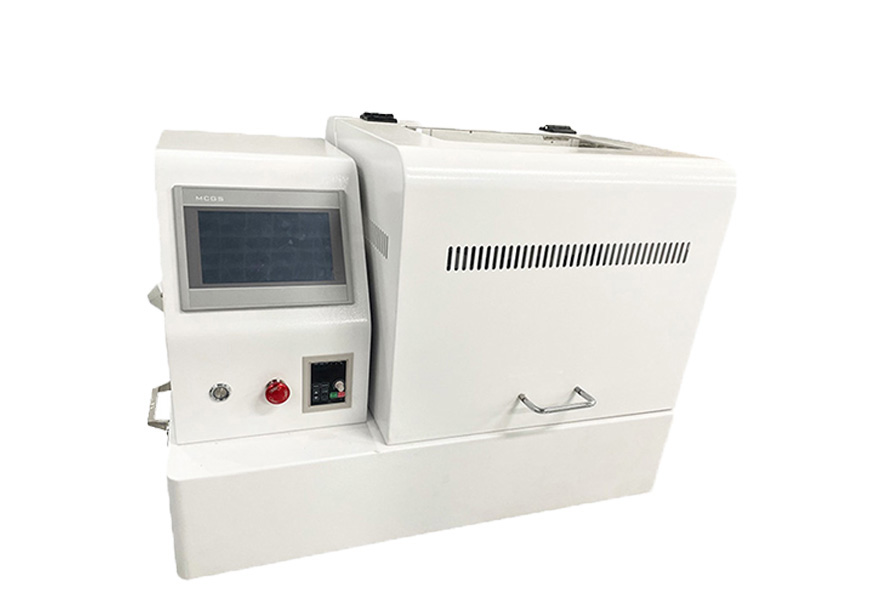
Working principle of Shanghai Yetuo planetary ball mill
Let's understand the working principle of planetary ball mill. Planetary ball mill is a laboratory equipment used for ball milling or mechanical alloying, which grinds and mixes through planetary motion. The following is the basic working principle of planetary ball mill:
Structure: A planetary ball mill typically consists of a main engine, multiple workstations (grinding tanks), and a ball mill body. There is a central axis on the host, and the workstation performs planetary motion around the central axis.
Planetary motion: The central axis of the host rotates, and the workstation (grinding tank) performs planetary motion around the central axis. This type of motion allows the workstation to both rotate around the central axis and move together around the main axis, creating a three-dimensional motion state.
Loading samples: Load the samples to be ground and some grinding spheres into the workstation (grinding tank). Samples and spheres are usually placed in a sealed container.
Grinding action: Due to the planetary motion, the grinding sphere impacts and rubs against the sample, resulting in the fragmentation and mixing of sample particles. This mechanical action can produce effects such as mechanical alloying, preparation of alloy powders, and preparation of nanomaterials.
Real time monitoring: Planetary ball mills are usually equipped with real-time monitoring systems that can monitor temperature, pressure, and other process parameters. This helps to control the grinding process and ensure that the sample achieves the desired processing effect.
Applicable materials: The planetary ball mill can be used to grind various materials, including metals, ceramics, polymers, compounds, etc. This makes it widely used in fields such as material research, nanotechnology, and alloy preparation.
Application areas: The application of planetary ball mills covers multiple fields. In material research, it is commonly used to prepare alloy powders, nanoparticles, and material properties. In the field of chemistry, planetary ball mills are used for synthesizing compounds and conducting mechanical alloying reactions. In addition, the biotechnology field also utilizes this technology for experiments such as cell lysis and DNA extraction.
Stainless steel or ceramic tank body: The grinding tank of planetary ball mill is generally made of stainless steel or ceramic, which ensures that the sample will not be contaminated by impurities during the grinding process.
Temperature control: Some advanced planetary ball mill equipment has a temperature control system that can control the temperature during the grinding process to meet the processing requirements of the sample.
The working principle of planetary ball mill precision control: Experimenters can control the precision of grinding by adjusting grinding parameters such as rotation speed, grinding time, etc., to meet different experimental needs.
The Shanghai Yetuo planetary ball mill is a powerful and flexible laboratory equipment that provides advantageous tools for material research, chemical synthesis, biotechnology, and other fields. Its planetary motion allows the sample to be subjected to mechanical effects, thereby achieving various effects such as crushing, mixing, and synthesis during the grinding process.


